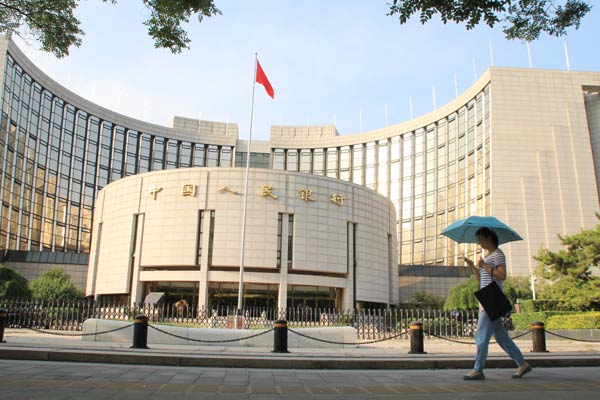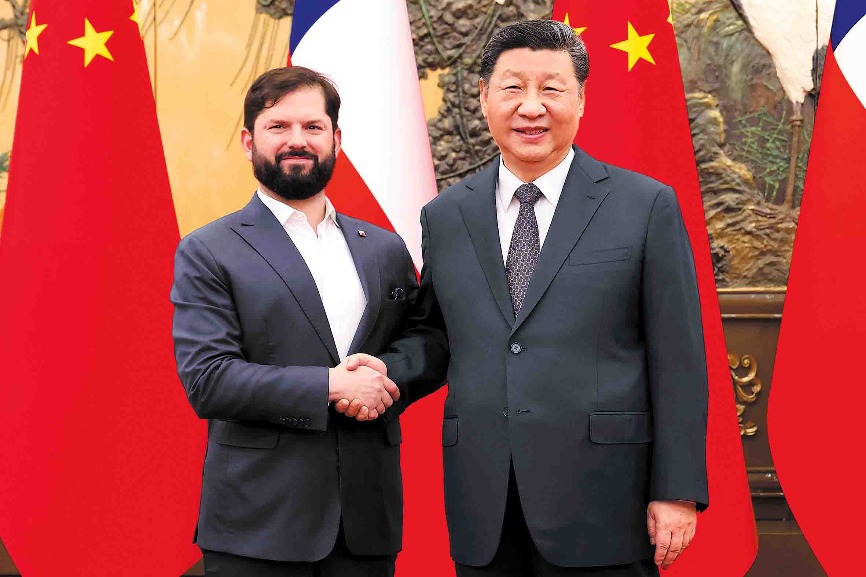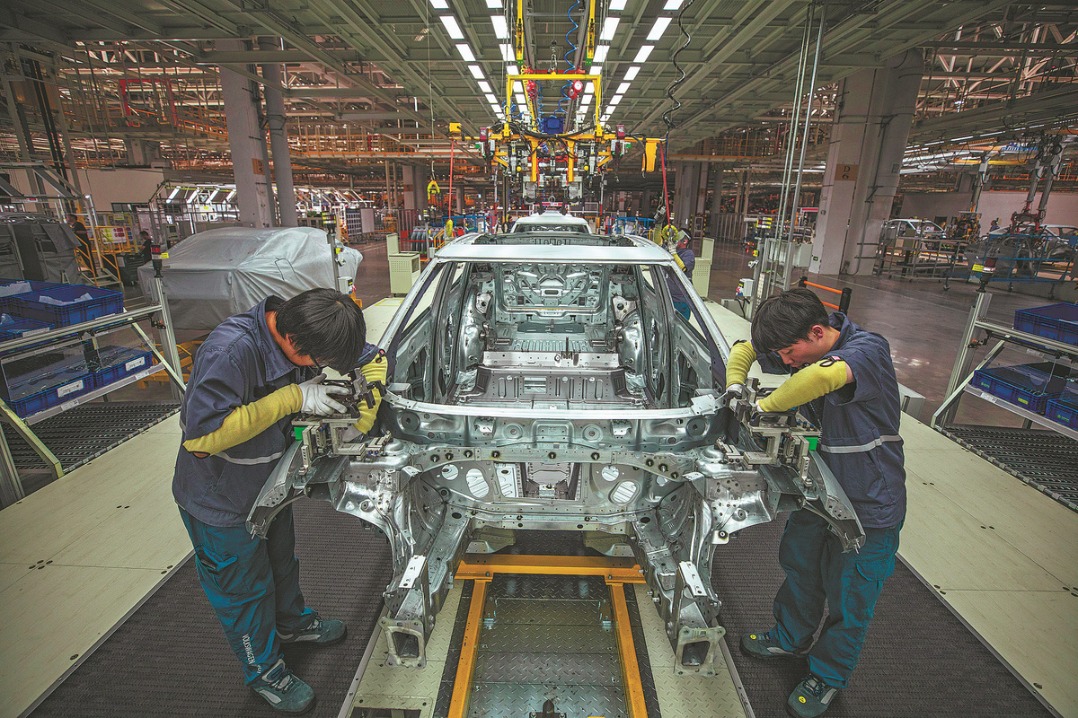Reducing deposit reserve ratio releases funds for restructuring


The People's Bank of China said it will lower the deposit reserve ratio for commercial banks by 0.5 percentage points on July 5, the third time this year, which will release about 700 billion yuan ($107 billion) to support debt-for-equity swaps and financing of small and micro-sized businesses. Economic Daily comments:
Flexibility and responsiveness are two key characteristics of the authorities' monetary policy. Lowering the deposit reserve ratio is a conventional currency policy tool that should not be subject to over-speculation. The country's stable neutral monetary policy remains unchanged.
In recent years, every time the central bank has changed the deposit reserve tool, it has triggered market speculation about the direction of monetary policy. This time has been no exception. But China's monetary policy remains prudent, and the cash flow will be diverted to facilitate the country's economic restructuring.
And whether it is from the growth rate of industrial added value, investment in manufacturing, or from the perspective of exports and consumption, the key indexes all show reasonable growth. The liquidity in the financial market is reasonably stable. There is thus no need for a loose monetary policy. With the situation stable, responding flexibly to changes in the market is an important feature of monetary policy.
The central bank requires that financial institutions use the released funds to support debt/equity swaps and the financing of small and micro-sized enterprises. To support the "debt-to-equity swaps," the relevant banks are required to record each one in detail and report to the People's Bank of China and other related departments on a quarterly basis.
The banks and their watchdogs must make sure the newly liberated liquidity should go to the intended objects so as to maximize the effectiveness of capital in economic restructuring and industrial upgrading.

































